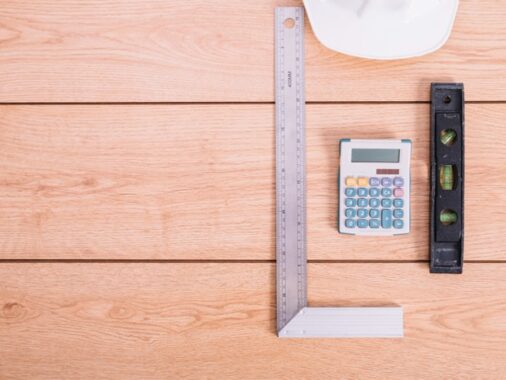Retaining Wall Calculator
Building a retaining wall? Either for professional requirements or just out of enthusiasm, knowing the right amount of materials is important to get the job done properly.
A Retaining Wall Calculator simplifies this process by providing accurate estimates for the materials required. Plus, it ensures that your wall is sturdy, safe, and within budget.
Why Use a Retaining Wall Calculator?
Precision:
Calculating the volume of blocks, concrete, or stones manually can lead to errors. The Retaining Wall Calculator gives you precise numbers, saving time and reducing the risk of over or under-buying materials.
Cost Management:
By getting the exact amount of materials, this calculator helps you manage costs, preventing unnecessary expenses due to material wastage or shortages.
Safety:
Retaining walls must be able to handle pressure from the soil behind them. Correct calculations ensure the wall is structurally excellent, avoiding future issues like cracks or collapses.
How It Works:
The Retaining Wall Calculator typically uses these measurements:
- Wall Length (L): The total length of the wall you are building.
- Wall Height (H): The height of the wall from the base to the top.
- Wall Width (W): The width of the wall blocks or materials being used.
- Material Volume: Calculated using the formula:
Volume=L×H×WVolume = L × H × WVolume=L×H×W
Example Calculation:
Let’s say you are building a 10-meter-long, 2-meter-high wall with a block width of 0.3 meters:
- Volume Calculation:
Volume = 10 × 2 × 0.3 = 6 cubic meters
This means you will need 6 cubic meters of materials to construct the wall.
Real-Life Applications:
- Retaining walls are common in garden designs to create terraces or manage sloping terrain. A Retaining Wall Calculator helps you figure out how many blocks or how much concrete you’ll need, ensuring the wall complements your landscape while staying within your budget.
- In larger outdoor projects like driveways, retaining walls prevent erosion and manage water drainage. Using a calculator helps ensure the wall is strong enough to withstand these pressures, ensuring a long-lasting, functional design.
FAQs About Retaining Wall Calculator
Use the Rankine or Coulomb theory to calculate lateral earth pressure, considering soil type, wall height, and angle of friction.
Multiply the lateral earth pressure force by the height of the wall’s centroid to find the overturning moment.
Measure the wall’s length, height, and thickness, then multiply to determine the volume and material quantities needed for construction.





